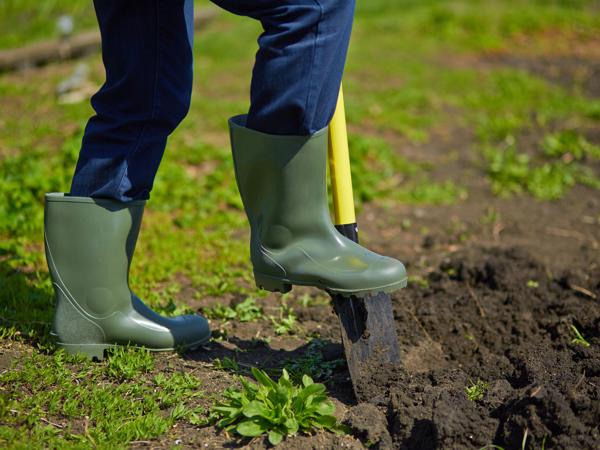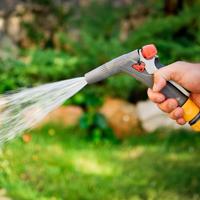Choosing a garden shovel might seem straightforward, but different gardens have different needs. Shovels come in all shapes and sizes, and understanding their unique features can make gardening more enjoyable and effective. Let’s explore some considerations when selecting a garden shovel that suits your needs.
Types of Shovels
Garden shovels are not one-size-fits-all tools. There are several types, each designed for specific tasks:
- Digging Shovels: These have a pointed, curved blade perfect for breaking tough soil. A common choice is a round point shovel for digging holes and moving soil.
- Trenching Shovels: Used for making narrow trenches, these have a pointed tip and long, narrow blade, ideal for laying irrigation lines or planting trees.
- Scoop Shovels: With a broader blade, these are great for moving loose materials like mulch, gravel, or snow.
Material Matters
Shovel blades come in various materials, influencing their durability and weight:
- Steel Blades: Typically more durable and appropriate for heavy-duty tasks. They might be a bit heavier but stand up well to tough, compacted soil.
- Aluminum Blades: Lightweight and rust-resistant, these are better suited for light-duty work like managing loose materials.
- Plastic Blades: These are the lightest, often used for snow shovels, but not ideal for heavy soil work.
The handle material also matters. Wooden handles can offer a natural grip but may not be weather-resistant. Fiberglass handles are durable and weather-resistant, while steel handles provide strength but can be a little heavier.
Handle Length and Grip
Handle length plays a crucial role in ergonomics:
- Long Handles: Offer more leverage, reducing strain on the back when working on the ground. They’re useful for digging tasks.
- Short Handles: Provide better control and are suitable for tasks where precision is needed, like working in a confined area or raised beds.
Grip is another factor. Some shovels come with ergonomic grips that help reduce fatigue. Look for a shovel with a comfortable grip that feels good in your hand during extended use.
Blade Shape and Size
Selecting the blade shape and size depends on the task:
- Pointed Blades: Useful for digging and cutting through roots.
- Flat Blades: Make it easier to scoop loose soil or compost.
Blade size affects how much you can move at once. Bigger isn’t always better, as a larger blade can be more challenging to handle and heavier when loaded.
When to Choose a Specialty Shovel
Certain gardening tasks might benefit from specialized shovels. A transplanting shovel, with a narrower and rounded blade, is great for delicate work with seedlings or small plants. If your garden predominantly involves container plants, consider a hand trowel, a small version of a shovel.
Personal Preferences
When all is said and done, personal comfort is key. Try different shovels, if possible. What feels comfortable to one gardener might not to another. A favorite shovel is one that supports your specific gardening habits.
Examples
- Fiskars Long Handle Round Point Steel Digging Shovel: Known for its durable steel construction and lengthy handle, offering good leverage.
- Corona AS90300 Aluminum Scoop Shovel: A lightweight option for handling mulch or snow due to its aluminum build.
- Radius Garden 22011 Root Slayer Shovel: A good choice if you frequently encounter roots, with a serrated blade designed to cut through tough ground.
Research and References
Research from gardening forums and feedback from users can provide insights into what has worked well for others. Trusty resources like the American Horticultural Society also offer information on tool selection.
Choosing the right garden shovel involves understanding the tasks at hand and how different features can make your gardening easier. Take your time, explore your options, and your gardening efforts will surely be more enjoyable.




